In future, updating pneumatic circuits through the IoT will help manufacturers stay current and benefit from the opportunities available to them.
Contributed by Mike Parzych, Product Marketing Manager • Norgren
Smart, internet-connected devices have become increasingly significant in all areas of life, and industry is no exception. The use of automation, artificial intelligence, and advanced analytics are revitalizing manufacturing with new capabilities and operational enhancements, among which are connected pneumatics because of their significant potential for improving performance.

For those operations that have depended on pneumatics for years, the addition of connectivity may seem a daunting proposition. But that’s probably because of uncertainty about what information it can provide and how that information can be used to a manufacturer’s advantage.
To connect to connected pneumatics, the first step is to understand what they do and what benefits they can provide.
Gathering data
For those who have witnessed the capabilities of the internet and smart devices in other contexts, it should come as no surprise that the Industrial Internet of Things (or the use of internet-enabled devices in industry) can offer a great deal of information. What may be less familiar is how exactly that can be accomplished with a pneumatic circuit.
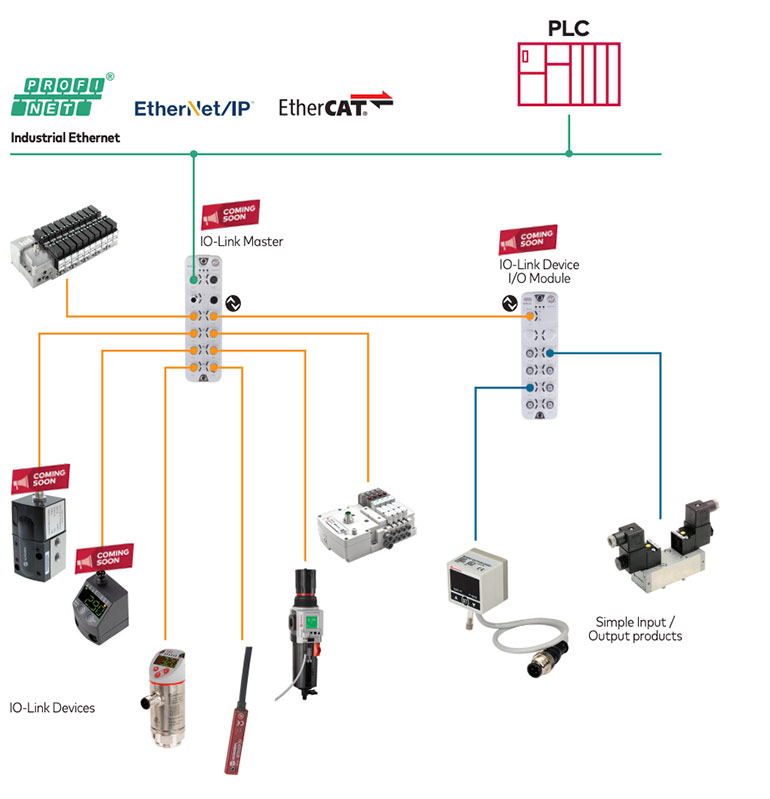
Before connected pneumatics can provide any actionable information, they must first connect to something: namely, an industrial network. This network is what enables devices to communicate with one another, receive instructions from the controller, and send data for operators to utilize. Manufacturers may be familiar with the two most common industrial network types — fieldbus and industrial Ethernet — each with its own supported communication protocols that dictate how various devices can communicate.
If it is enabled to send data through the network and is compatible with the communication protocol, almost any component of a pneumatic circuit can provide usable and actionable data. Air preparation equipment (ex: filters, regulators, lubricators), valve manifolds, actuator switches, and sensors all can have different types of information to share. Depending on the component, these connected devices can measure operating pressure, cycle counts, short circuit diagnostics, local temperatures, and more. Even analog devices can be connected to a network by using products, such as input/output blocks, that can translate input and output into shareable data. Ultimately, all this information is sent to a central location for analysis and monitoring.
The connected advantage
The collection of information is one thing. But it serves little purpose if it has no substantial impact on the businesses that implement it. In the case of connected pneumatics, the benefits are numerous.
One of these benefits is improved machine uptime. Collected data can enable predictive and planned maintenance, reducing unexpected stops in production for urgent repairs. For instance, keeping record of an actuator’s cycle count and performance can provide a more accurate estimate of its service life so that it can be monitored and potentially replaced before failure. Continuous, real-time diagnostics mean that errors can be detected and remedied more quickly, and in the case of failure, sensors can help pinpoint possible causes. Together, these capabilities can help to reduce, and even prevent, costly downtime.

And when connected pneumatic circuits are running, they have the potential for greater efficiency as well, with the ability to automate and monitor the function of a system. Blockages or leaks can cause air pressure to drop in a system/circuit and significantly increase air consumption, leading to higher operating costs and contributing to a larger carbon footprint. However, by monitoring operating pressure in real time through connected devices, such as an airline sensor, the system can send an alert when pressure drops below a certain level. This allows measures, such as repairing the leak or changing a filter, to be taken immediately, reducing the impact upon operations.
Connectivity can also help to improve productivity. Operational performance metrics can be measured, providing insights of individual parts and the system as a whole. This allows better decision-making regarding the best way to maximize productivity — for example, by maintaining optimal air pressure to achieve the desired productivity level.
Looking to the future
Shifting to connected pneumatics doesn’t need to be a large undertaking. Manufacturers can start small, by adding a sensor in one part of a circuit and expanding as the benefits are realized. Moreover, establishing connectivity does not need to be difficult: with enabling technologies such as IO-Link, pneumatic devices only need to be plugged in to be ready to use. As industry moves toward the future, updating pneumatic circuits and joining the Industrial Internet of Things will help manufacturers stay current and benefit from the opportunities available to them.
Norgren | norgren.com
Demonstration highlights the simplicity of connected pneumatics
At PackExpo last month, Norgren introduced its newest demo unit — a connected circuit display of IO-Link enabled pneumatic components, which digitally collect and transmit performance data to reduce machine downtime and improve operational productivity. (See a short video of the system in action below.)

In the unit, an IEPS filter-regulator monitors the pressure. It is connected through an IO-Link Master to a proportional control valve and IO-Link pressure sensor, as well as an IO-Link manifold. Another pressure sensor collects data for the actuator, while additional IO-Link switches tie everything together with the module. Additional components such as dump valves and main air supply are cleanly networked to the system.
The whole system provides a dashboard to track the cycles of the actuator, which is being extended and retracted in a simple circuit, said Bradlee Dittmer, Product Marketing Manager – Valves for Norgren. It provides a clean and visual option to monitoring machine systems.
Indicator lights notify the operator of problems with the system. For example, if voltage drops, you will get a notification on the dashboard that the system has failed. Or if pressure drops, the system will send a signal to warn the operator that the pressure is not high enough to actuate the machine. Eventually, if you go below the pressure threshold, the actuator will simply stop working.
“It’s just a very simple kind of design, but you’re able to get a lot of the data that’s being collected, transmitting it all through the IO-Link, which typically is either done through EtherCAT, Ethernet IP or Profinet,” Dittmer said. “A lot of customers don’t realize how these components can interact with each other, and the benefit that they can get from it.”

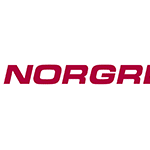
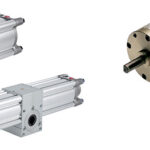
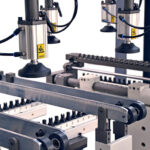
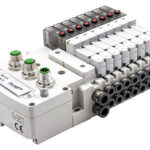
Leave a Reply